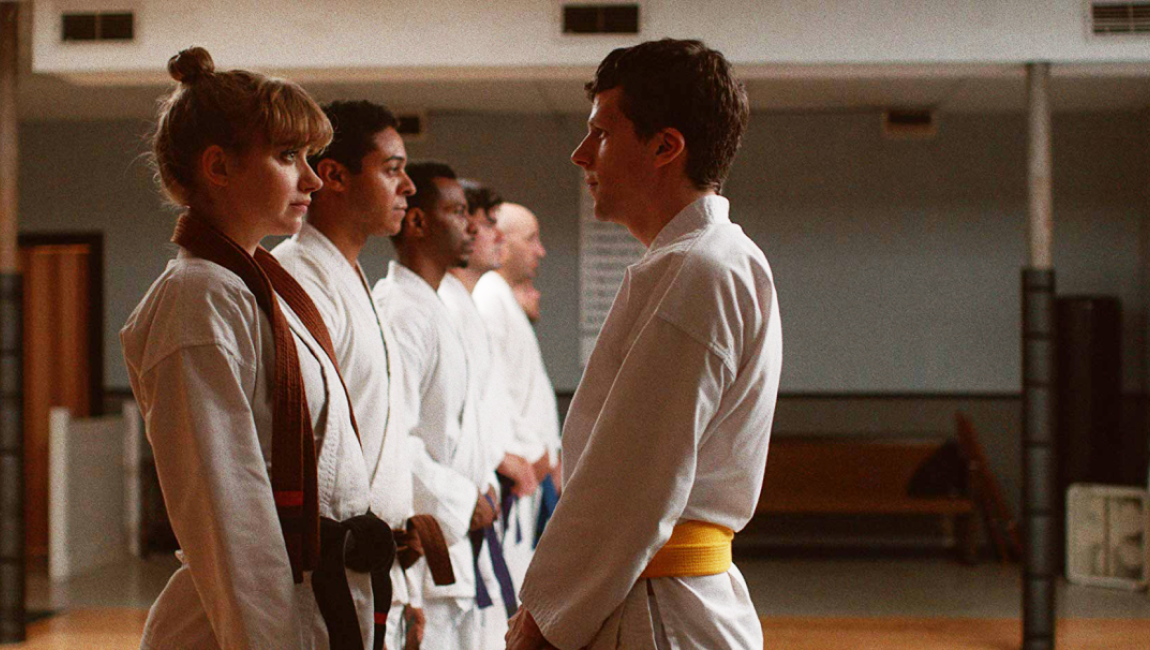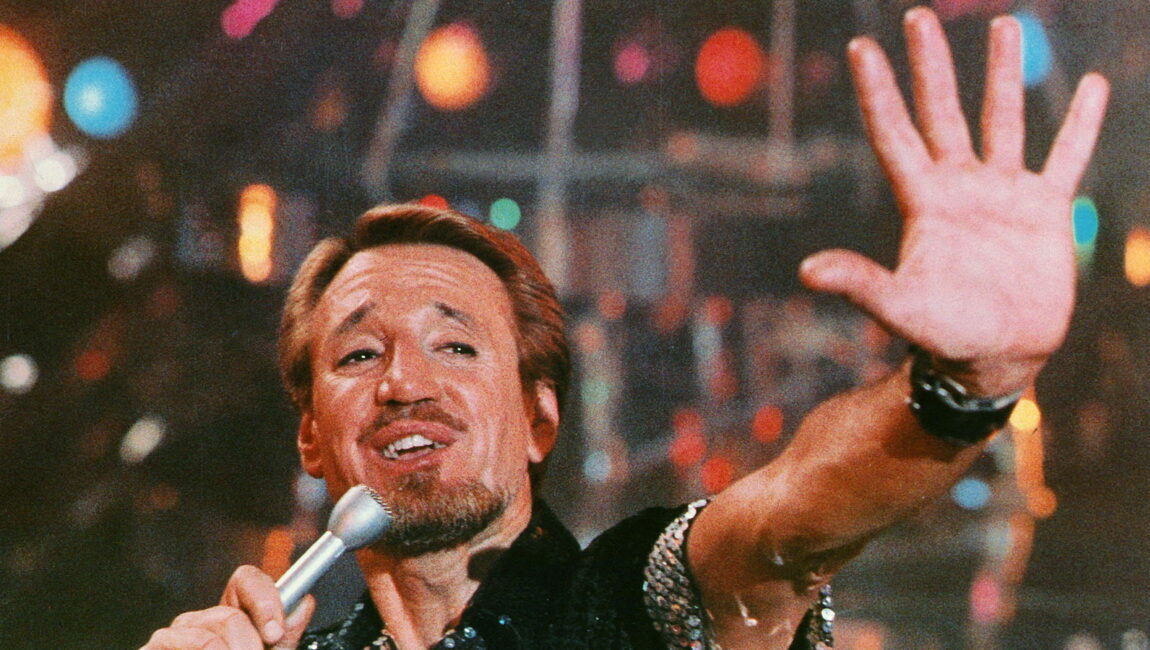Anne at 13,000 Ft. keeps its familiar portrait of an unraveling psyche fresh through its viscerality and opaque characterization.
Anne at 13,000 Ft. only occasionally utilizes medium shots, and nothing wide, so committed is it to staying close to its titular subject, to actualizing the suffocating feel of her existence. Anne’s (Deragh Campbell) presence vacillates between lax and unhinged, with a kind of frenzy always apparent beneath the surface. Sometimes, this is played endearingly, all pranks and eccentricity, pure puckish energy, and it helps transforms Anne’s nonconformist streak into something like a reality-grounded representation of a manic pixie girl (notably sans “dream”). At other times, Anne’s actions become discomfiting, which she often waves away as mere miscommunication or a stuffy unreceptiveness to her self-perceived charms. What Anne at 13,000 Ft. is ultimately up to, then, remains appealingly vague, sometimes playing like a character study of young woman’s lack of preparation for both the idleness and anxiety of adulthood, and sometimes suggesting a more insidious psychological disturbance. Rules constantly prove inhibiting to Anne, and behavior modification seems mostly unattainable. But certain details of chronology, paired with the accelerated narrative progression, suggest that whatever exactly is happening to her has onset suddenly.
Director Kazik Radwanski’s approach remains steady and effective regardless: a handheld camera maintains proximity to Anne, flitting about faces in flux. Uncertainty and concern and exasperation are captured in turn, not only in Anne’s expressions, but in those of people around her. This unease and volatility adds to obvious tonal and dramatic similarities to John Cassavetes’s A Woman Under the Influence, but Anne at 13,000 Ft. mostly stands on its own thanks to its opacity. Where Cassavetes opted for a more expansive treatment, deeper theme-building, and a more concentrated study of external stimuli, Radwanski’s film is all concision, the lack of context resulting in something closer to car-crash viscerality than psychological probing. To this end, Anne becomes more kinetic as its condensed runtime elapses, the increased emotional and relational chaos reflected in more disorderly images and bristly lensing. All this informs the crucial final image here: a moment of welcome calm, the screen emptied of Anne’s presence for the only time, as she finds respite in her freefall.
Originally published as part of Toronto International Film Festival 2019 | Dispatch 5.







